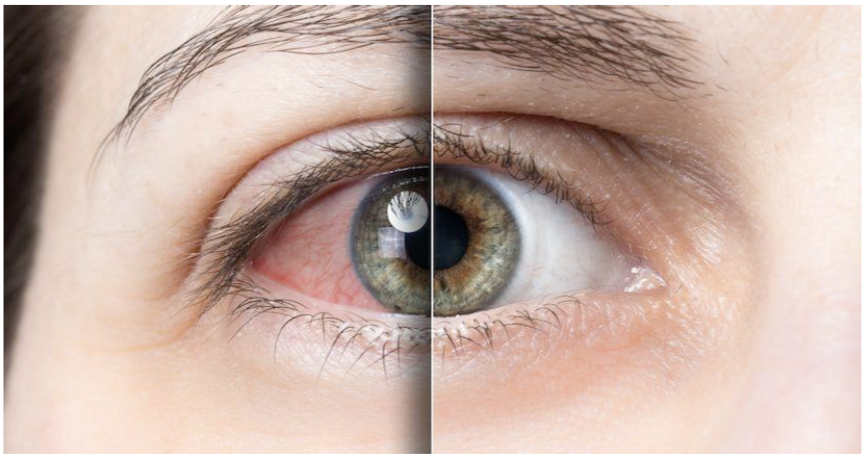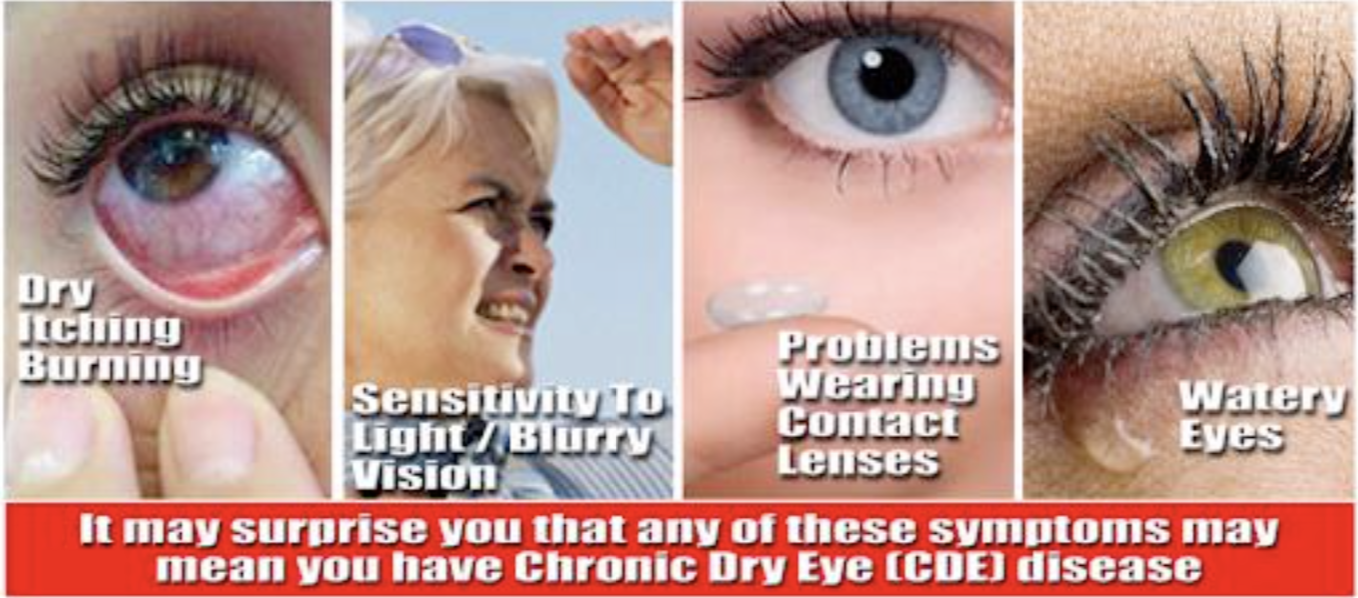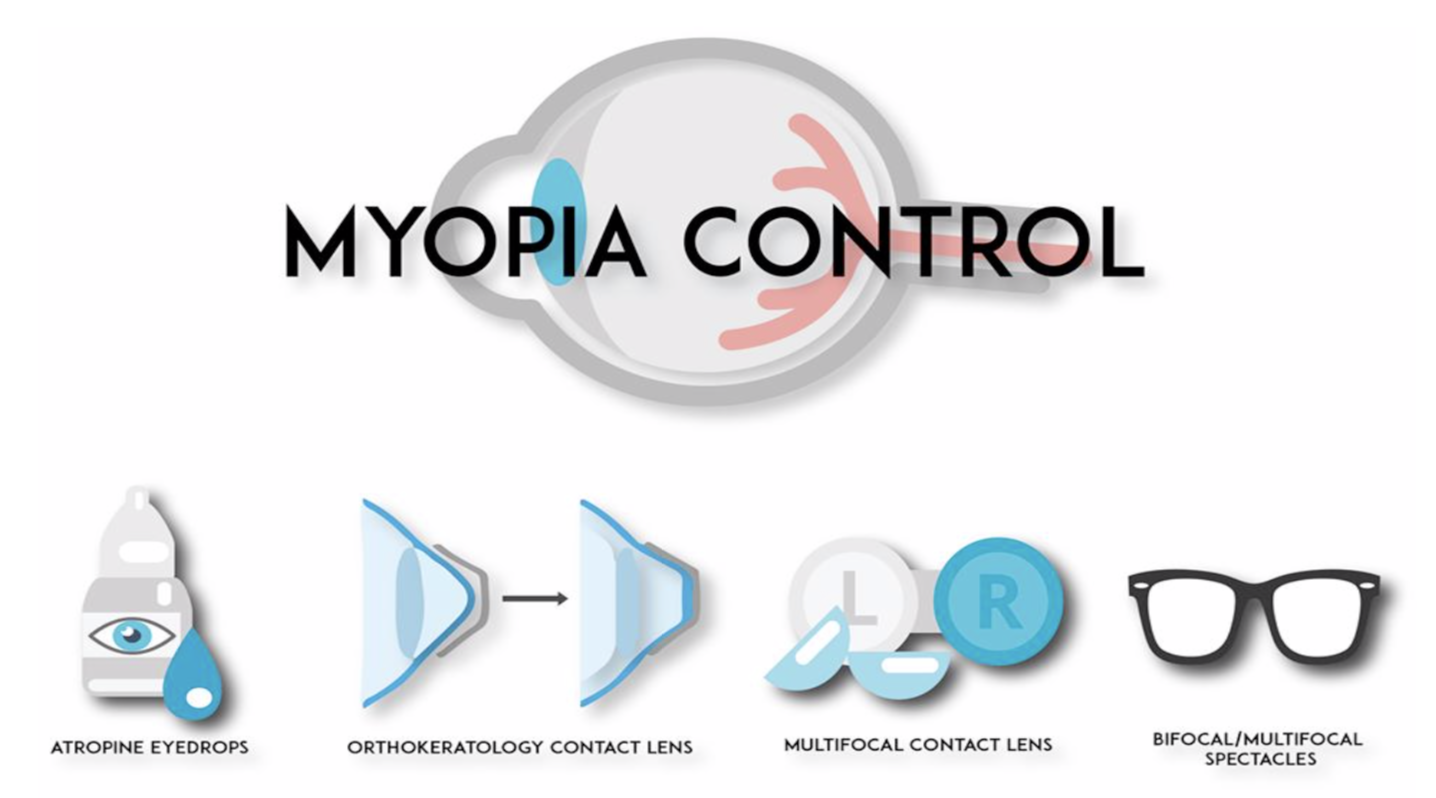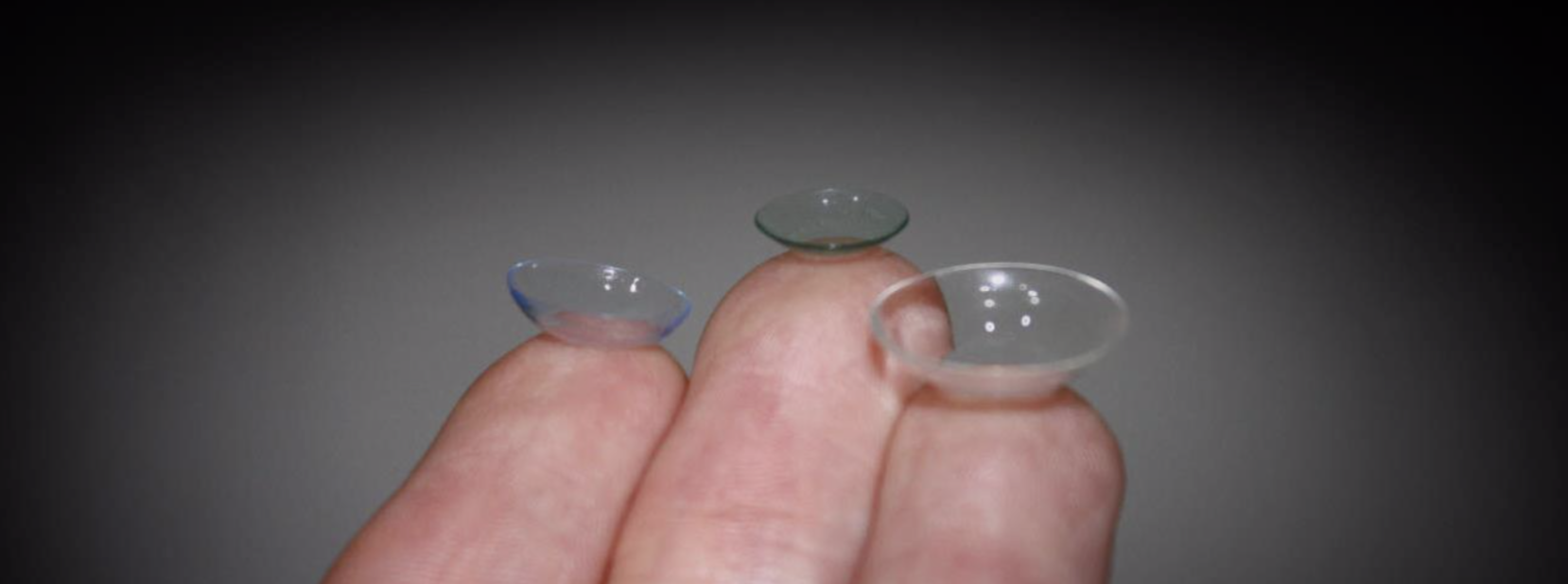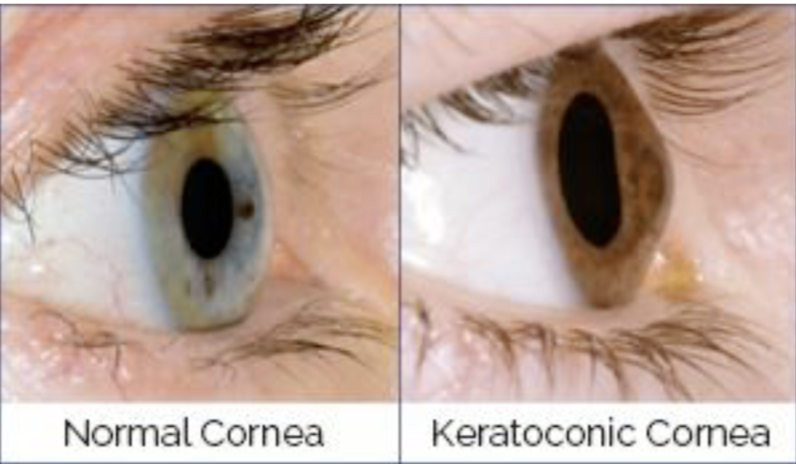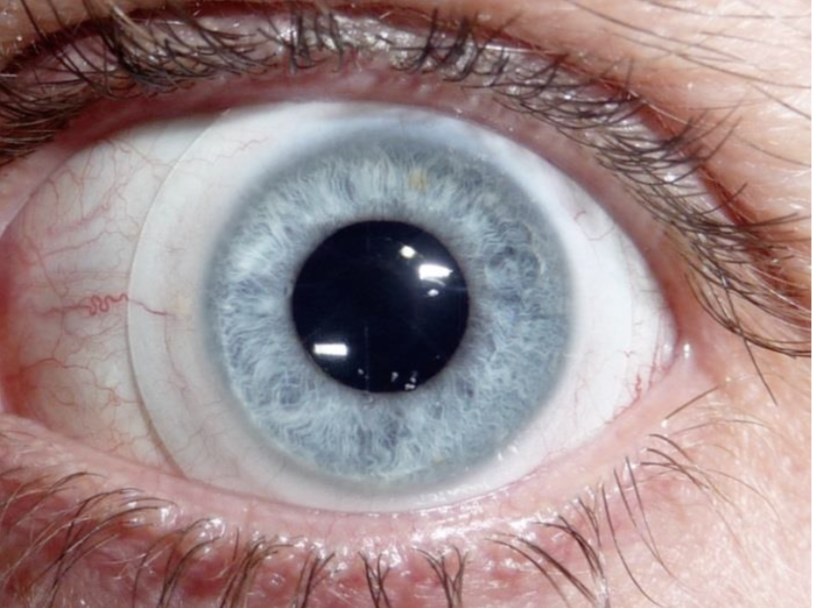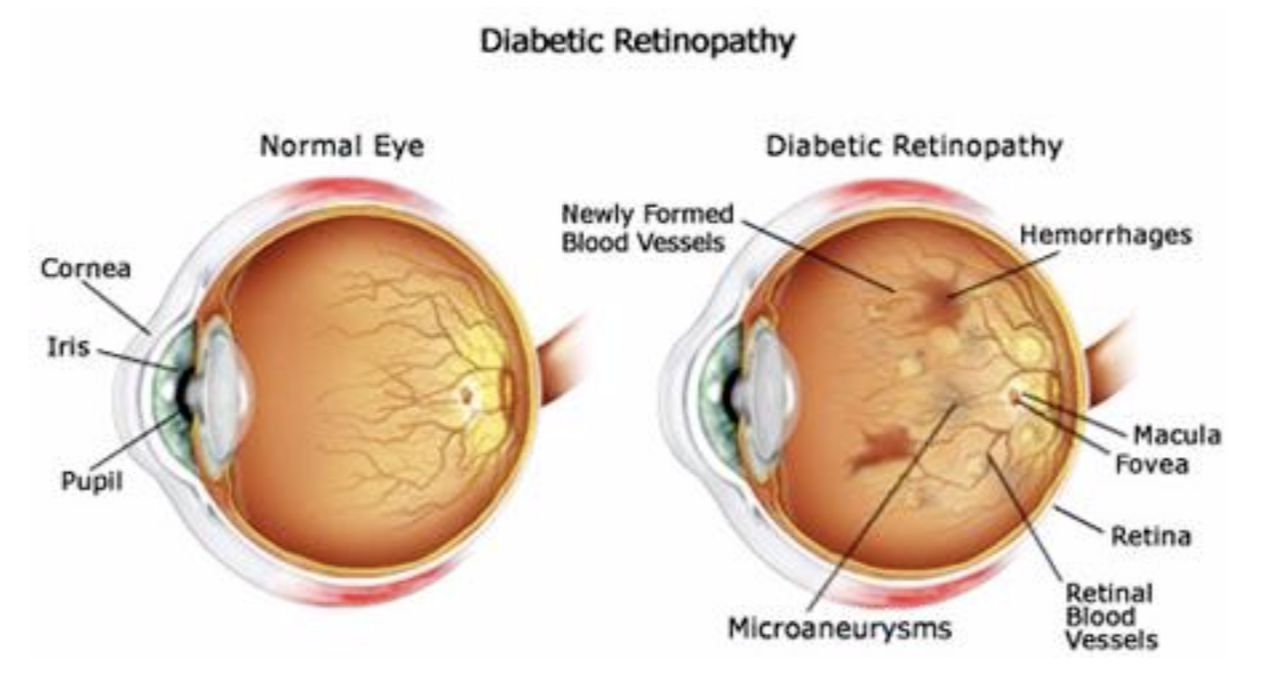Vision Care
Complete Vision Care
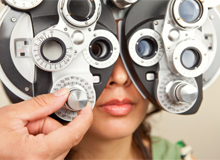 Regular eye exams are an invaluable tool in maintaining eye health by detecting and preventing disease. Some diseases, such as glaucoma, develop gradually without causing pain or vision loss, so patients may not notice that anything is wrong until significant and irreversible damage has been done. Early detection of eye diseases can allow for a choice of treatment options and reduced risk of permanent damage.
Regular eye exams are an invaluable tool in maintaining eye health by detecting and preventing disease. Some diseases, such as glaucoma, develop gradually without causing pain or vision loss, so patients may not notice that anything is wrong until significant and irreversible damage has been done. Early detection of eye diseases can allow for a choice of treatment options and reduced risk of permanent damage.
Patients should have a comprehensive eye exam every one to three years, depending on their age, risk of disease and overall physical condition. Children should have regular tests to ensure the proper development of their vision and prevent any interference with their academic achievements. Older adults are often at a higher risk for eye conditions such as glaucoma, macular degeneration and cataracts. Even if your eyes are healthy, you should still have a regular eye exam to detect any problems as soon as possible and begin necessary treatment.
» Contact us for more information about Complete Vision Care
Pediatric Eye Care

» Contact us for more information about Pediatric Eye Care
Cataract Extraction with Premium IOL
A cataract is a cloudy area in the normally clear lens in the front of the eye. There is no pain associated with the condition but there are other symptoms, including:
- Blurred/hazy vision
- Spots in front of the eye(s)
- Sensitivity to glare
- A feeling of “film” over the eye(s)
Risk factors for developing cataracts include being over 55 years old, eye injury or disease, a family history of cataracts, smoking or use of certain medications.

Once the cataract is removed, we implant an intra-ocular lens (IOL) made of acrylic or silicone that will last the rest of your life.
» Click here for information on Kapolei Eye Center as featured on KHNL.com
» Contact us for more information about Cataract Surgery
Glaucoma

Symptoms that you could be developing glaucoma include blurred vision, loss of peripheral vision, halo effects around lights, and painful or reddened eyes. People at high risk include those who are over the age of 40, diabetic, near-sighted, African-American, or who have a family history of glaucoma.
To detect glaucoma, Dr. Nancy Chen, MD will test your visual acuity and visual field as well as the pressure in your eye. Regular eye exams help to monitor the changes in your eyesight and to determine whether you may develop glaucoma.
Once diagnosed, glaucoma can be controlled. Treatments to lower pressure in the eye include non-surgical methods such as prescription eye drops and medications, laser therapy, and surgery.
» Contact us for more information about Glaucoma
Diabetic Exam and Laser Surgery

Focal laser coagulation may be recommended for patients with clinically significant macular edema (CSME) – swelling of the central retina, called the macula. The laser coagulates, or dries up, the fluid that is causing the swelling. A similar procedure called scatter laser photocoagulation (also known as pan-retinal photocoagulation or PRP) destroys abnormal blood vessel growth in patients with proliferative diabetic retinopathy (PDR). If there is blood in the eye obscuring the laser, a vitrectomy may be performed to drain the blood in preparation for photocoagulation.
» Contact us for more information about Diabetic Eye Care
Dry Eyes

Treatment for dry eye depends on the cause and severity of the condition, as well as the patient’s overall health and personal preference. Non-surgical treatments are often effective, and may include increasing humidity levels at home or work, use of artificial tears or a moisturizing ointment and avoiding air conditioning or windy conditions outdoors.
One of the newest, most technologically advanced methods of treating severe dry eyes is the use of intense pulsed light (IPL) therapy. These incredibly precise devices can be used to deliver powerful pulses of light energy to treat the abnormal blood vessels that are resulting in a malfunction of the meibomian glands in the eyelids, which are a primary cause of dry eyes.
Our practice is on the cutting edge in dry eye treatment by employing IPL therapy, and we are seeing successful results. We opt to use broad band light (BBL) through the Skintyte II by Sciton to safely and effectively heat the affected blood vessels of the eyelids. As they shrink, the glands resume normal function once again and the dry eyes are resolved.
Now that we are in the digital age of technology, more and more patients are coming in with dry eye complaints. Symptoms include:
- Blurry vision
- Photosensitivity
- Eye strain
- Eye pain
- Tearing
- Burning
- Sandy
- Redness
Dryness is either due to lack of tear production, lack of oil production, or lack of both. Different treatment modalities are available depending on the type of dry eyes a patient is experiencing. Treatment includes warm compress, lid hygiene, artificial tears, punctal plugs, and medication. The most important factor is determining what is causing the dryness.
» Contact us for more information about Dry Eyes Care
Kapolei Eye Care’s Gentle Dry Eye Treatment
Corneal Refractive Therapy
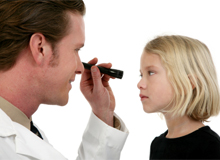
» Contact us for more information about Corneal Refractive Therapy
Vision Therapy
Vision therapy is a non-surgical, customized program of visual activities to correct and strengthen certain vision problems. Vision therapy is like physical therapy for the visual system including the eyes, eye muscles, and parts of the brain that perceives vision. The overall goal is to treat vision problems that cannot be treated with glasses or surgery alone.
Perfect “20/20” vision does not always correspond to strong visual skills such as tracking (reading, sports, games), processing speed (comprehension), and perception (identification). Vision therapy targets and trains the entire visual system.
Vision therapy can help correct:
- Strabismus or “eye turns”
- Amblyopia or “lazy eye”
- Eye fatigue/strain
- Depth perception
- Tracking (reading, sports)
- Perception/processing speed
Vision therapy should also be considered if you or your child has difficulty staying focused when the visual system is engaged such as reading and writing. Vision therapy will not correct refractive errors and glasses may still be needed for clear vision.
Myopia Control
Myopia or nearsightedness means that patients need glasses to see far distances. This condition is caused by the elongation of the eyeball and can be associated with many ocular disease in the future including retinal detachments and glaucoma. Fortunately, new studies have revealed ways to slow the progression of myopia and prevent their vision from progressively worsening each year while they are still growing. The 3 main methods are:
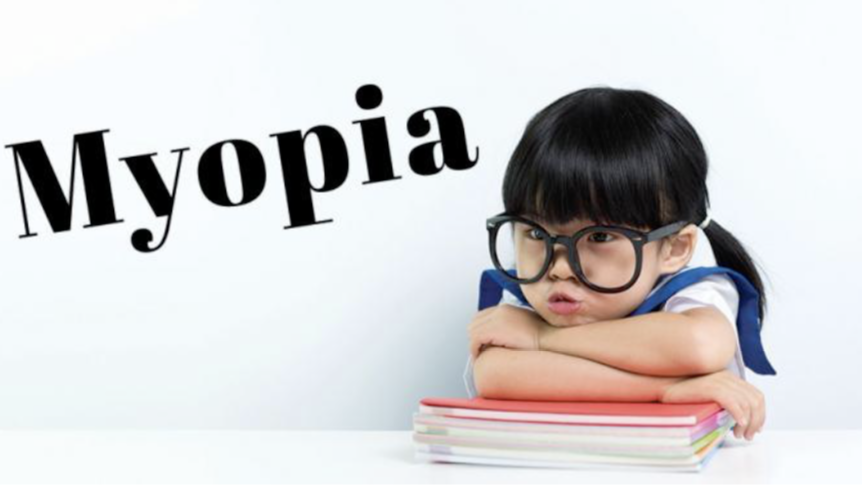
2. Multifocal soft contact lenses – daytime wear monthly replacement soft contact lenses.
3. Corneal refractive therapy –
nighttime wear specialty hard
contact lenses while sleeping to
reshape the front surface of the eye, glasses and contacts are not needed to see during the day when awake.
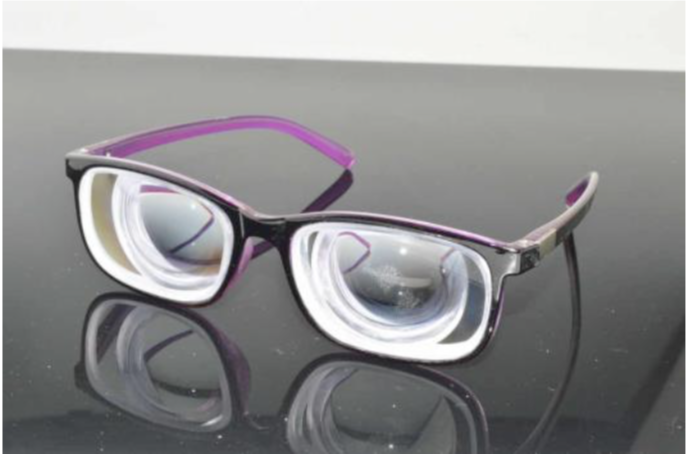
Specialty Contact Lenses: Rigid gas permeable and scleral lenses
For some ocular surface and refractive error conditions, specialty contact lenses may provide improvement in vision and comfort compared to glasses. Conditions include
- Keratoconus – corneal disease causing thinning of the front surface and irregular “cone” shaped cornea
- Astigmatism – eyeball is oval in shape instead of round
- Dry eyes
- Giant papillary conjunctivitis – allergic reaction
along the inner parts of the eyelid - Post refractive surgery
- Presbyopia – age related inability to focus at near distance
Specifically, for keratoconus scleral contact lenses are the most comfortable and stable lens available. It is difficult to fit a regular contact lens onto the “cone” shape of the cornea. Scleral contact lenses are the only contacts available that vault over the cornea to prevent any problems.
Ocular health evaluations including glaucoma, cataracts, diabetes, macular degeneration
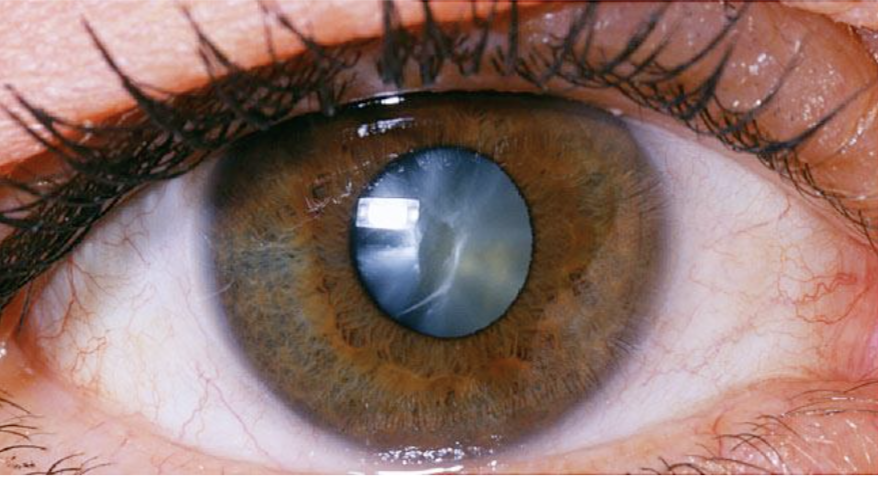
We Are Here to Help!
Whether you have a question or would like to setup a consultation, we would love to hear from you. Please fill out our contact form or call our office at 808-674-2273. Start your journey to better vision today!


